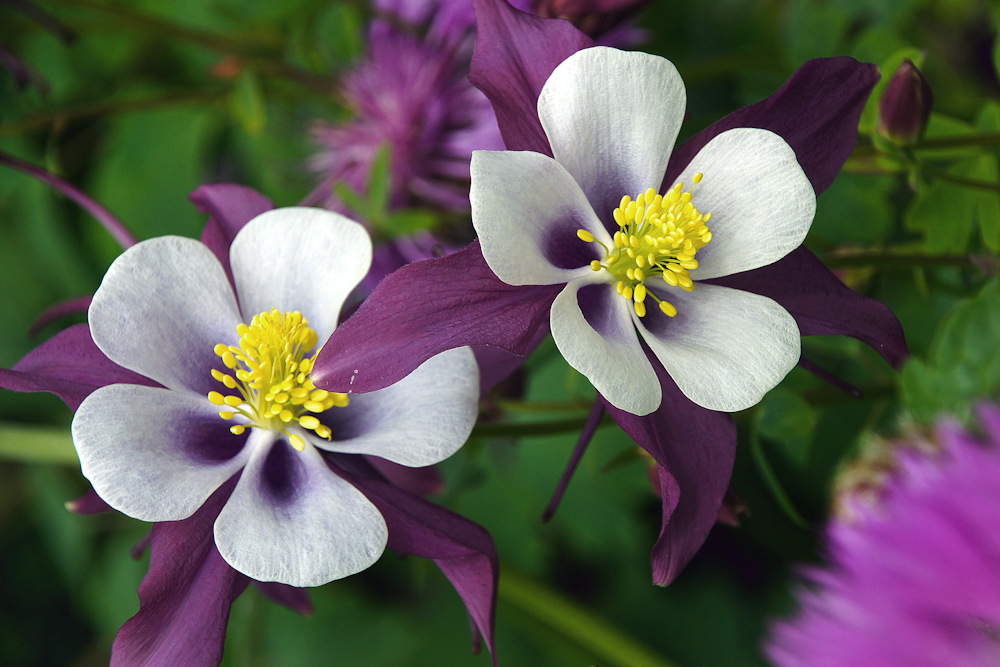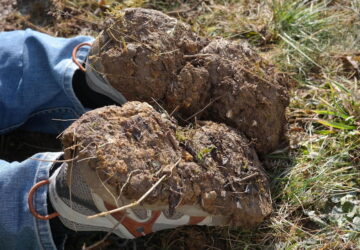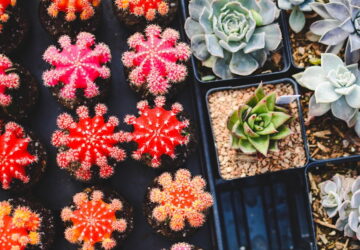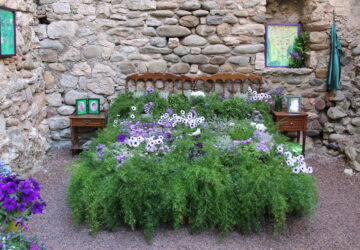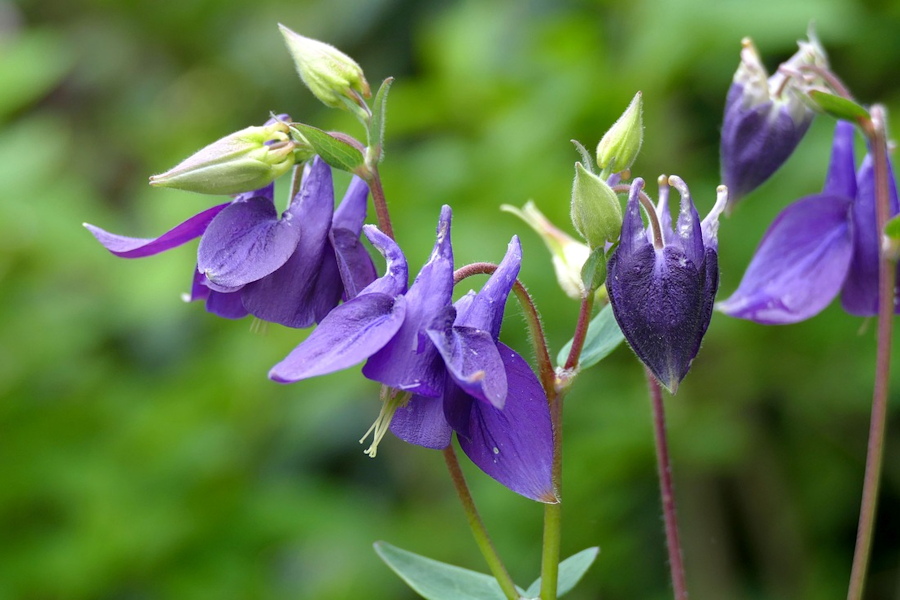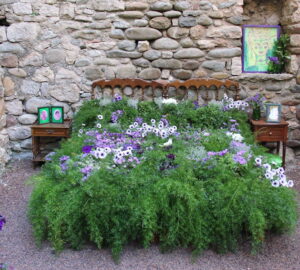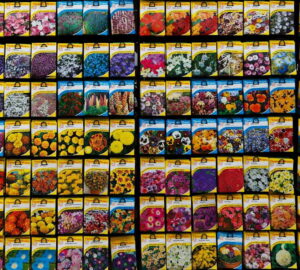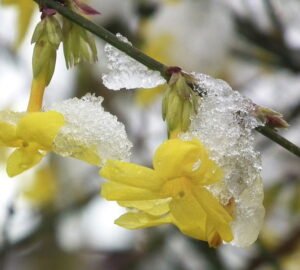Columbine, known scientifically as Aquilegia, is a captivating perennial plant that has graced gardens for centuries with its delicate beauty and unique charm. With common names like “granny’s bonnet” or simply “columbine,” this flower is beloved by gardeners and flower enthusiasts alike. Whether you’re a seasoned gardener or new to the world of horticulture, the columbine is a must-have for any flower bed. Let’s dive into the history, characteristics, and care tips for this enchanting plant, along with some fascinating facts that make columbine a true garden gem.
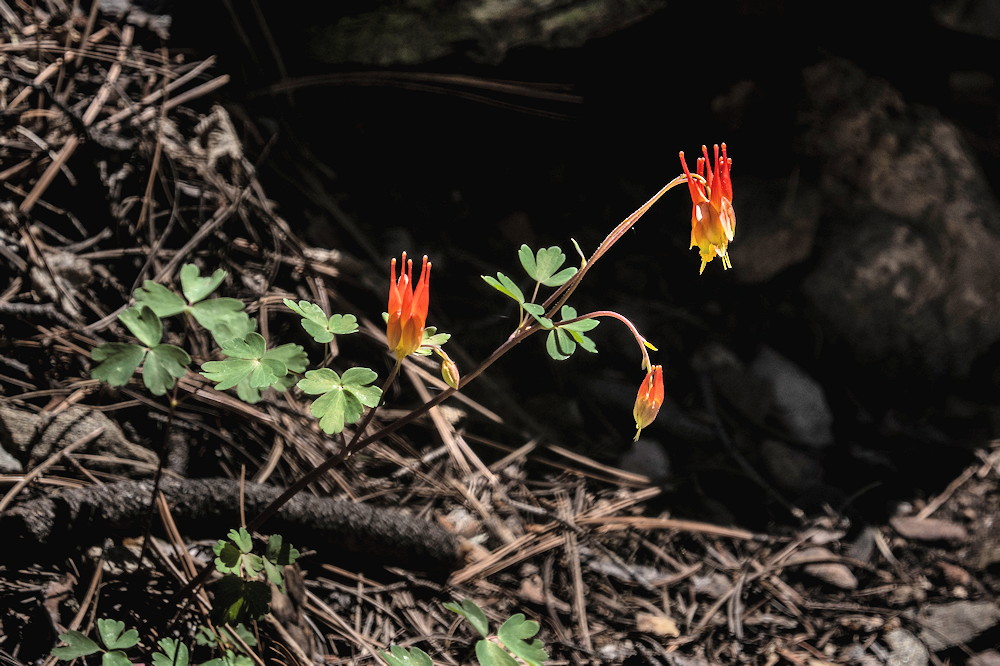
Origins and Common Names
Columbine is native to temperate regions of the Northern Hemisphere, particularly in Europe, North America, and Asia. Its scientific name, Aquilegia, is derived from the Latin word “aquila,” meaning eagle, due to the flower’s spurred petals that resemble an eagle’s talons. The name “columbine” comes from the Latin word “columba,” meaning dove, as the inverted flower shape is thought to resemble five doves clustered together. The charming name “granny’s bonnet” reflects the flower’s bonnet-like appearance, making it a nostalgic favorite among gardeners.
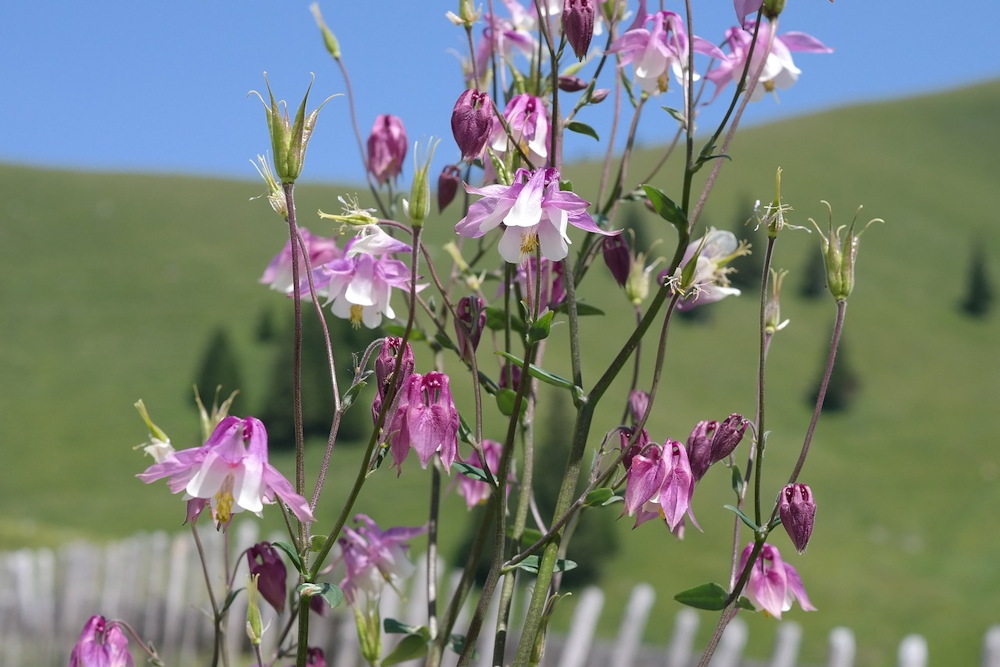
A Long-standing Ornamental Beauty
Columbine has been cultivated in gardens for over 500 years, with historical records indicating its popularity as far back as the Middle Ages. It has been a staple in European cottage gardens, admired for its delicate flowers and ability to naturalize beautifully in the wild. The plant was introduced to North America by European settlers, where it quickly became a favorite among early American gardeners.
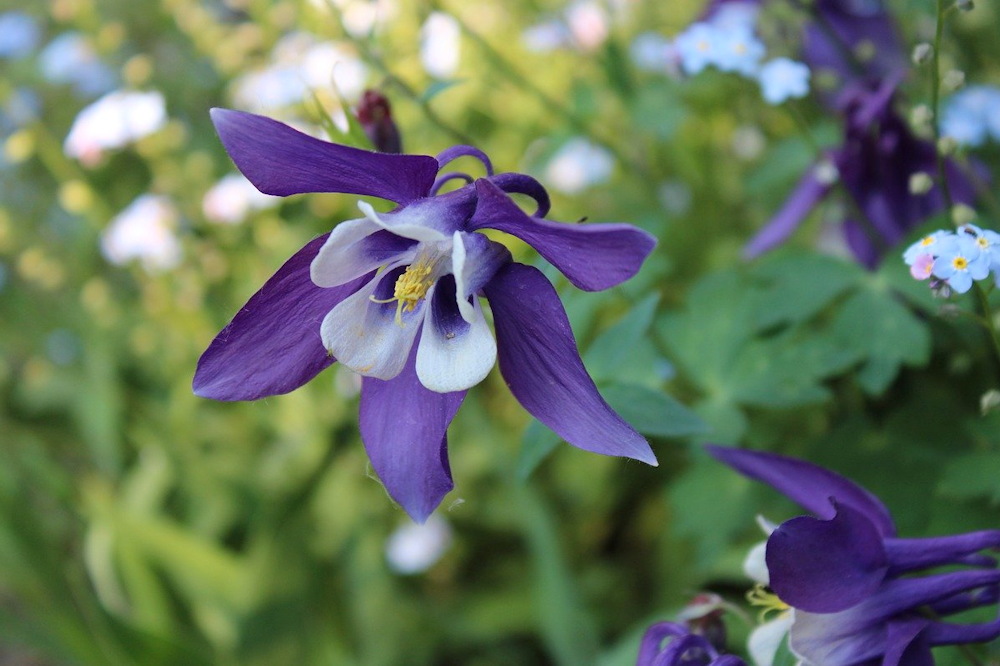
Why Gardeners Love Columbine
Gardeners are particularly fond of columbine for several reasons. Its unique flower shape and wide range of colors make it a versatile addition to any garden. The plant’s delicate, nodding blooms are an early sign of spring, often appearing as early as April and lasting into late summer.

Columbine is also a magnet for pollinators, attracting bees, butterflies, and hummingbirds, making it an essential plant for a vibrant and healthy garden ecosystem. Additionally, columbine is relatively easy to grow and maintain, thriving in both full sun and partial shade.
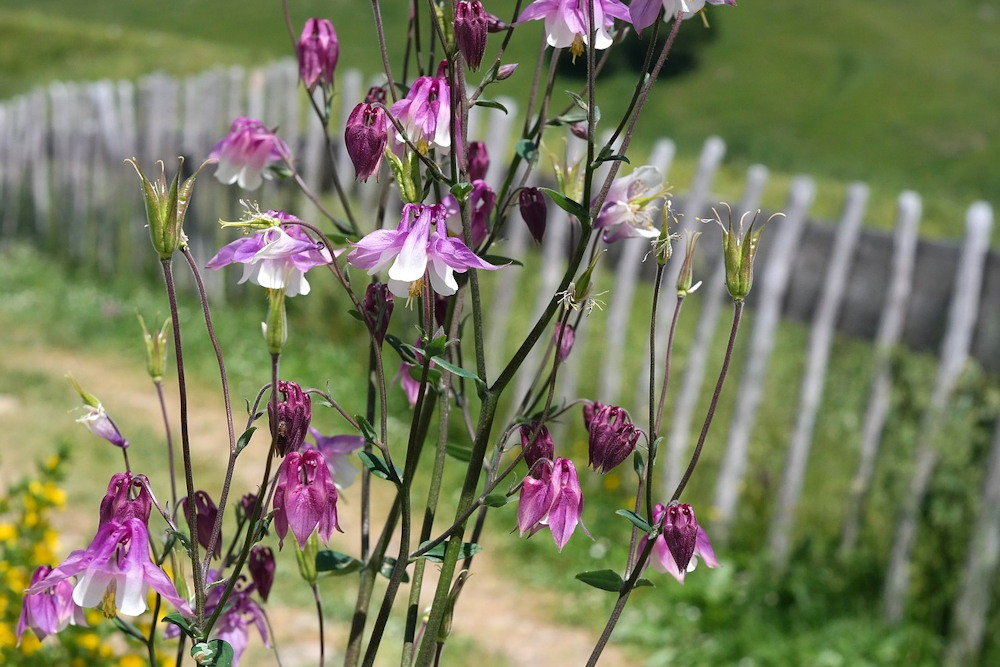
The Beauty of Columbine: Shape, Colors, and Bloom Time
Columbine flowers are instantly recognizable by their distinct shape, featuring five spurred petals that curve backward, creating a star-like appearance. These flowers come in an array of colors, including shades of blue, purple, pink, red, yellow, and white. Some varieties even boast bi-colored blooms, adding an extra layer of visual interest. The foliage is equally charming, with delicate, fern-like leaves that provide an attractive backdrop for the vibrant flowers.
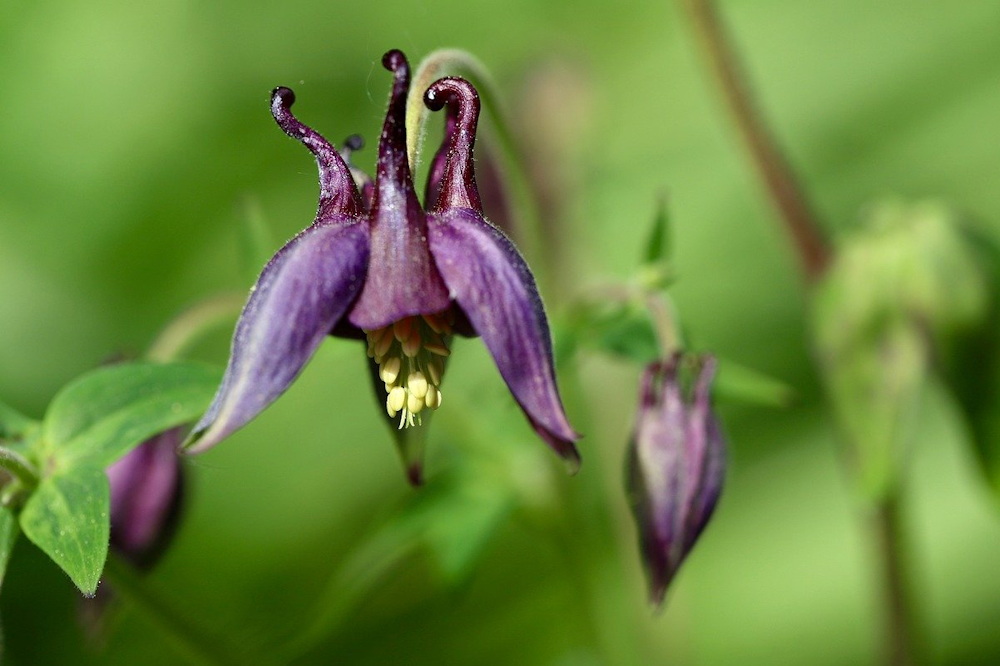
Columbine typically blooms from late spring to early summer, depending on the variety and growing conditions. The flowers usually last for several weeks, providing a stunning display that bridges the gap between spring bulbs and summer perennials. After blooming, columbine often produces interesting seed pods that can add visual interest to the garden.
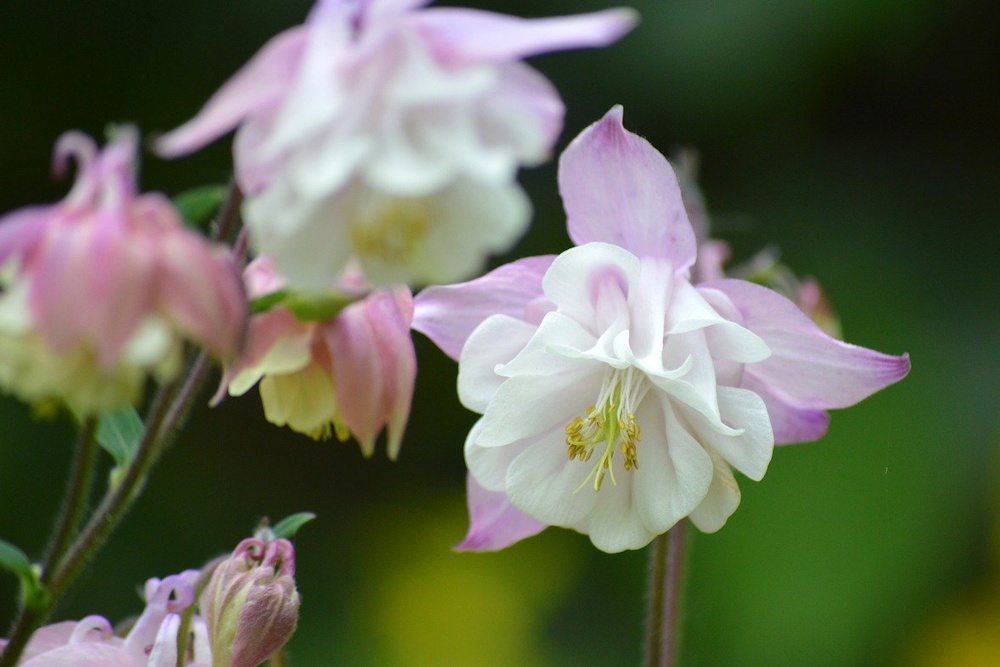
Care Tips for Growing Columbine
Columbine is a hardy perennial that requires minimal care, making it ideal for both beginner and experienced gardeners. Here are some key care tips:
- Soil: Columbine prefers well-drained soil with a slightly acidic to neutral pH. While it can tolerate a range of soil types, it thrives in rich, loamy soil.
- Light: The plant does best in partial shade but can also grow in full sun, especially in cooler climates. In hotter regions, providing some afternoon shade will help prevent the plant from becoming scorched.
- Watering: Columbine prefers consistent moisture, especially during the growing season. However, it is also somewhat drought-tolerant once established. Water deeply and less frequently rather than frequent shallow watering.
- Deadheading: To encourage prolonged blooming, regularly remove spent flowers. This also prevents the plant from self-seeding excessively, though some gardeners allow this for naturalizing purposes.
- Mulching: Apply a layer of mulch around the base of the plant to retain moisture and regulate soil temperature.
- Pests and Diseases: Columbine is generally pest-resistant, but it can occasionally be affected by leaf miners. Regular monitoring and removal of affected leaves can help control this.
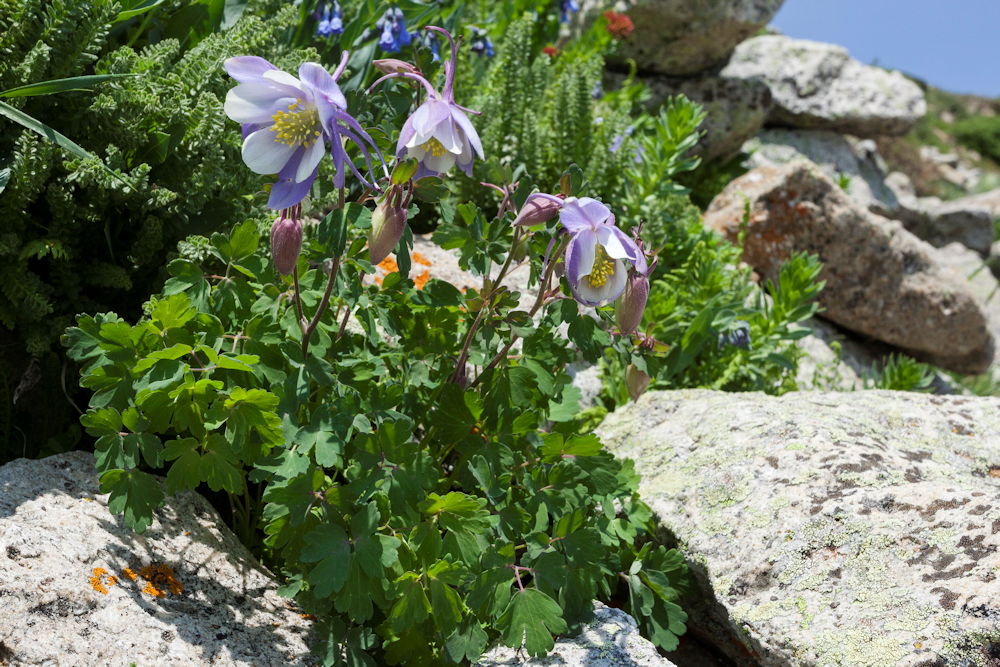
Fascinating Facts About Columbine
- Symbolism: Columbine flowers have a rich history of symbolism, often representing faith, hope, and love. In medieval Europe, they were associated with the Holy Spirit and used in religious art and literature.
- Diverse Species: There are over 70 species of Aquilegia, each with its unique flower shape and color palette, ranging from the classic Aquilegia vulgaris to the striking Aquilegia caerulea.
- State Flower: The Rocky Mountain columbine (Aquilegia caerulea) is the state flower of Colorado, USA, chosen for its stunning blue and white blooms that mirror the state’s clear skies and snowy peaks.
- Self-seeding: Columbine is a prolific self-seeder, meaning that once established, it can naturalize and spread throughout your garden with minimal effort, creating a wild and whimsical display.
- Hybridization: Columbine readily cross-pollinates, leading to endless possibilities for hybrid varieties. Gardeners often experiment with different species to create unique color combinations and forms.
- Medicinal Uses: Historically, Native Americans used various parts of the columbine plant for medicinal purposes, including as a remedy for digestive issues and as a love charm, though modern use is not recommended due to potential toxicity.

Columbine, with its enchanting flowers and rich history, is a true gem in any garden. Whether you’re drawn to its unique shape, vibrant colors, or easy care, this plant offers something for everyone. With its ability to attract pollinators, naturalize effortlessly, and bloom year after year, columbine is more than just a pretty flower – it’s a symbol of nature’s resilience and beauty. So, if you haven’t already, consider adding this lovely plant to your garden and enjoy the whimsical charm it brings to your outdoor space.
